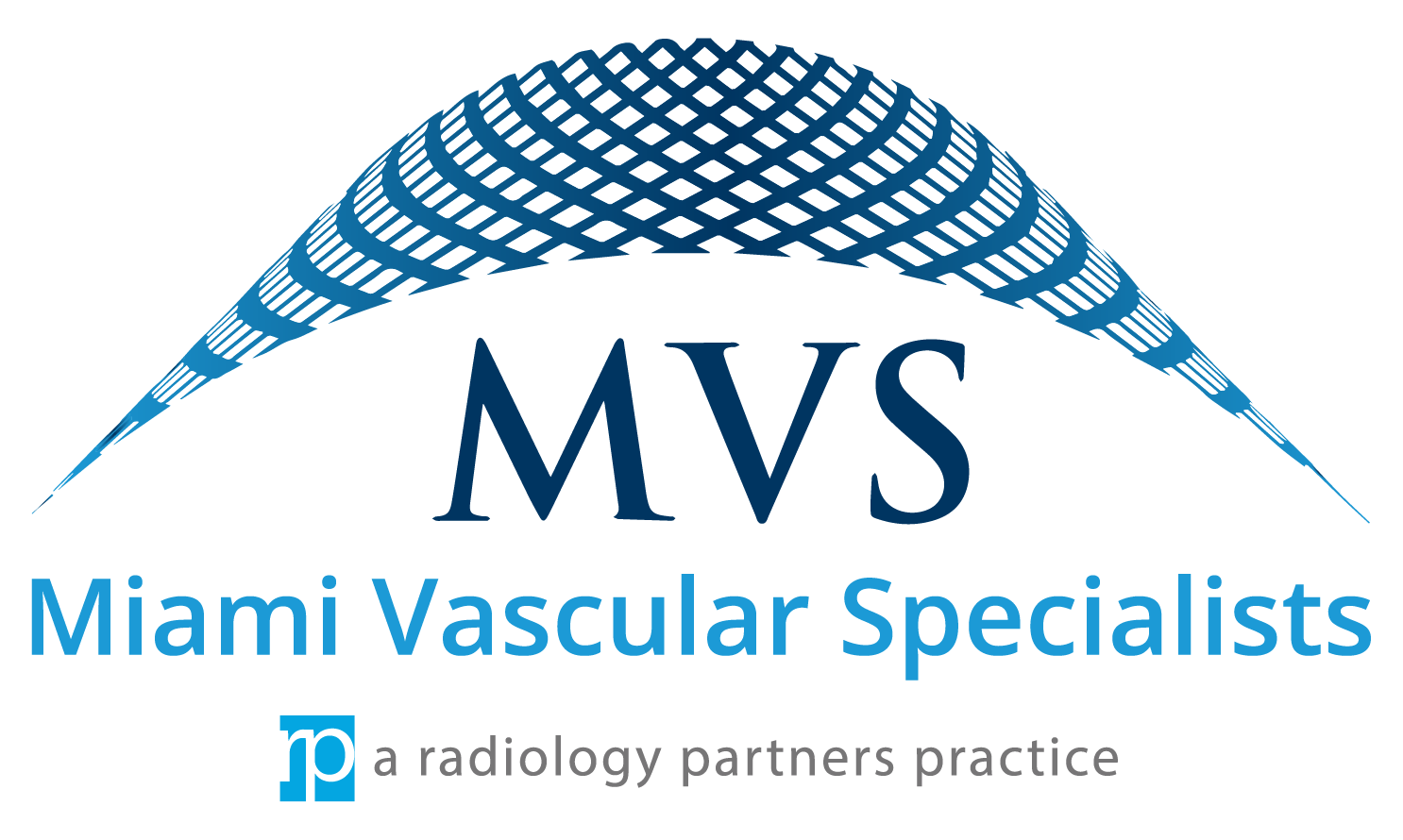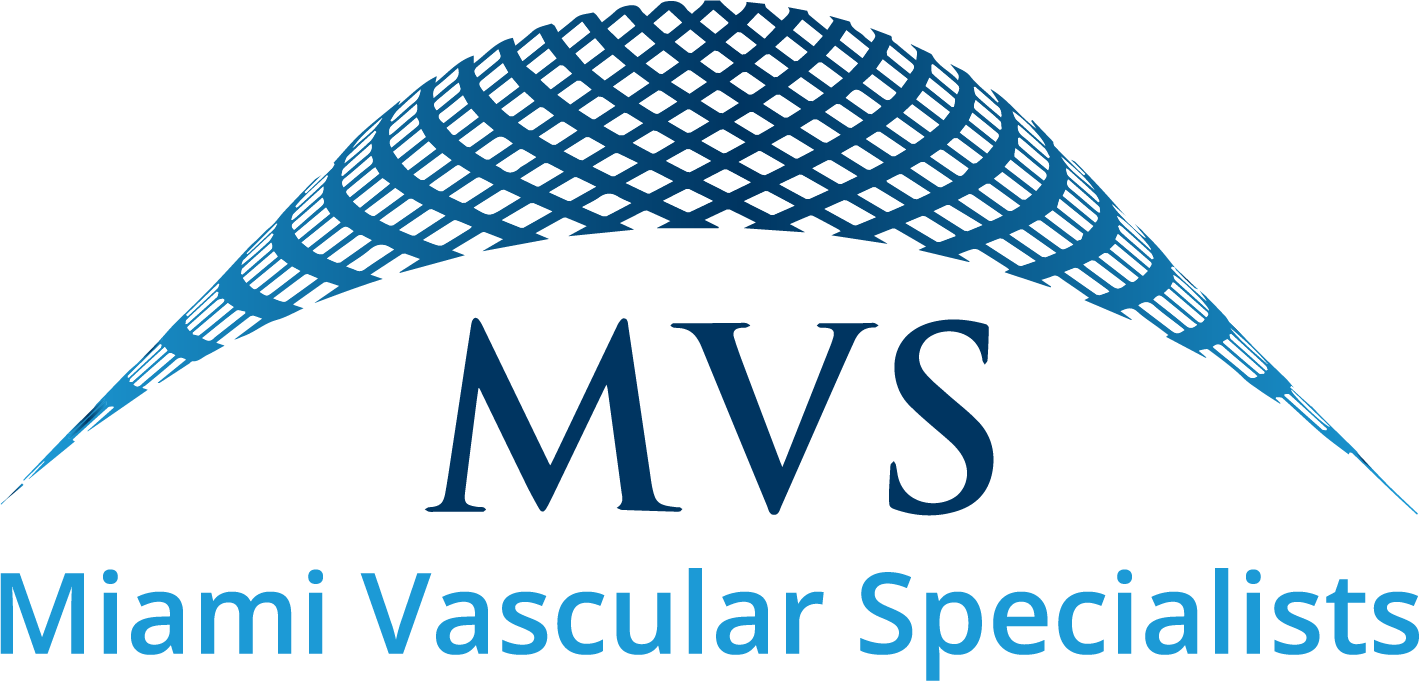Aortic Aneurysm
A Silent Killer

The aorta is the body’s major blood vessel that circulates blood from the heart to the rest of the body. An aortic aneurysm is a bulge or thinning of the blood vessel wall, which compromises the strength of the vessel and can lead to a break or rupture. Larger aneurysms are more likely to rupture, resulting in internal bleeding that is fatal unless treated. Unfortunately, for 60-90 percent of cases, once an aneurysm ruptures, it is often too late for treatment. An aortic aneurysm is sometimes called a “silent killer” as it is the 13th leading cause of death in the United States.
Signs & symptoms
Aneurysms often go undiagnosed until a patient presents with signs and symptoms of rupture. Early warning signs include:
- Pain in the back or chest
- Unexplained coughing
- Trouble breathing or swallowing
Risk factors
- Gender (men are often at higher risk)
- Age (over 65)
- History of smoking
- Family history
- High blood pressure
- High cholesterol
Diagnosis
Aneurysms may be detected during a routine physical examination by the presence of a pulsing mass in the abdomen. Frequently, aneurysms are detected when a patient has an x-ray, ultrasound, MRI or CT scan for an unrelated reason. A dedicated screening ultrasound may also be used to detect aortic aneurysms for patients with known risk factors.
Treatment
The good news is, with early detection, our team of doctors can work to repair an aneurysm and prevent a rupture. When an aneurysm is first detected, a CT scan is typically ordered to determine the size and anatomy of the aneurysm. The size is important because not all aneurysms need to be repaired immediately. Typically, if an aneurysm measures less than 5.5 cm, the best treatment is careful monitoring to make sure the aneurysm does not grow. If an aneurysm is more than 5.5 cm, we will determine the best method to repair the aneurysm.
Currently, traditional open surgery or the less invasive endovascular repair are the methods used to treat an aneurysm. While endovascular repair has the advantage of a shorter hospitalization and faster recovery, it is not the right procedure for all patients. In more advanced cases, open surgery generally remains the better option.
The doctors at MVS are some of the world’s experts in all types of aneurysm repair. Our physicians have participated in multiple clinical trials in aneurysm therapy and are considered some of the most experienced physicians in this disease.

